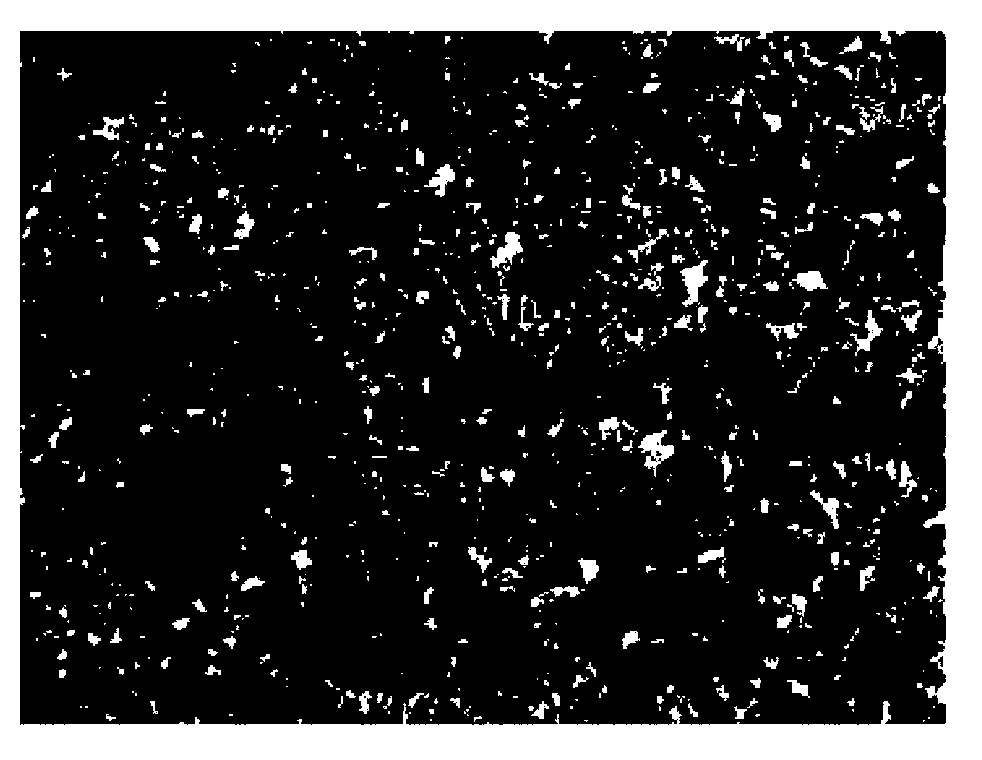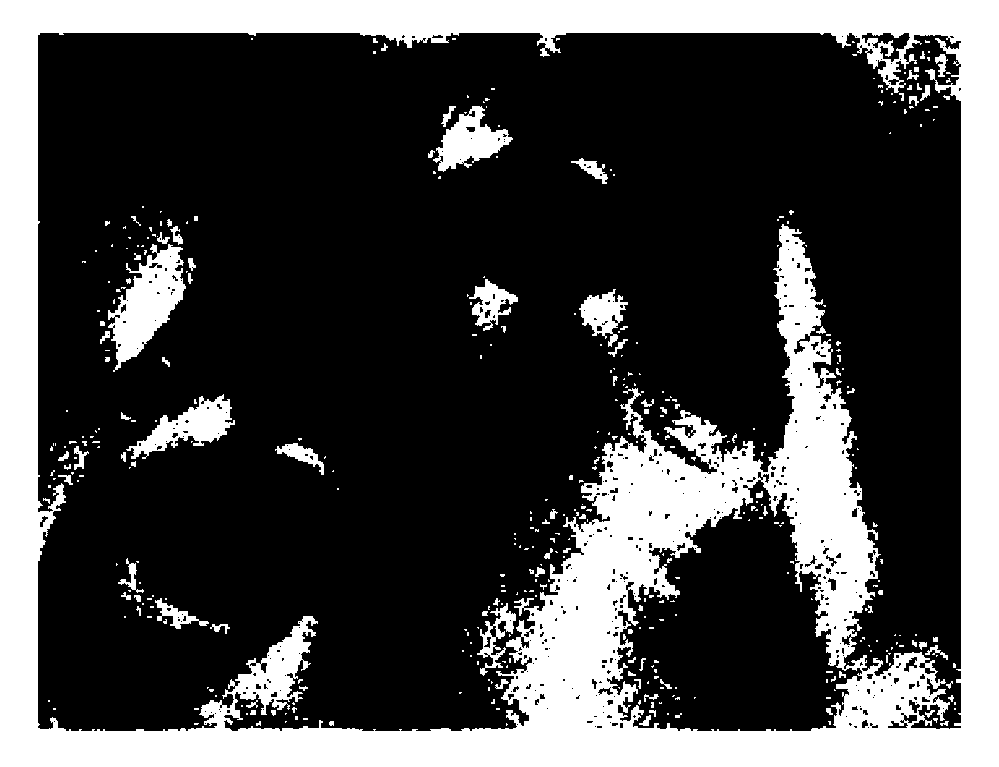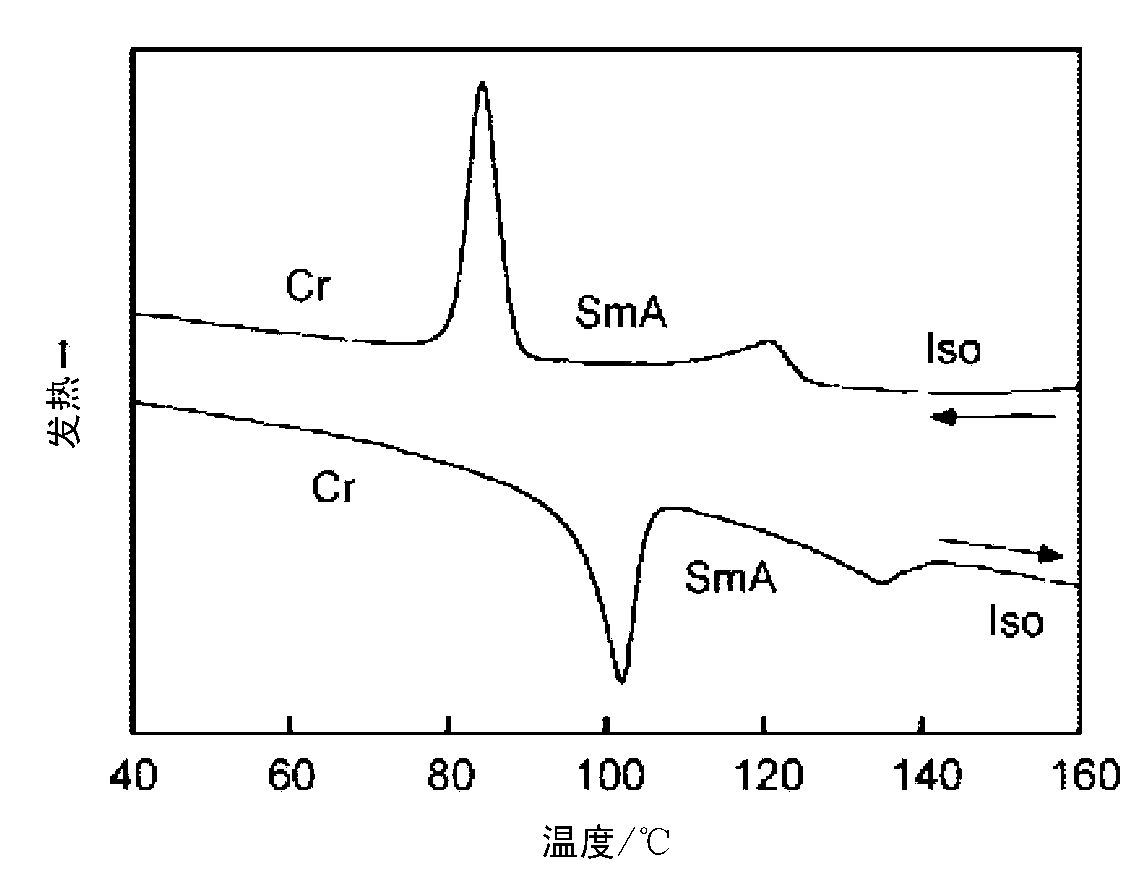Photoresponsive liquid crystal compound and use thereof
A liquid crystal compound and photosensitivity technology, applied in liquid crystal materials, optics, transistors, etc., can solve the problem of not finding organic compounds
- Summary
- Abstract
- Description
- Claims
- Application Information
AI Technical Summary
Problems solved by technology
Method used
Image
Examples
Embodiment 1)
[0086] Liquid crystal compound 1 (n=1, R 1 =OC 12 h 25 , R 2 = H, R 3 =H) and liquid crystal compound 2 (n=2, R 1 =OC 12 h 25 , R 2 = H, R 3 =H) Synthesis
[0087] (chemical formula 3)
[0088]
[0089] (1) Synthesis of Intermediate 3
[0090] 5 mL of water was added to p-nitrophenol (27.8 g, 200 mmol), heated and stirred at 80° C. until dissolved. To this solution, 10 mL of concentrated sulfuric acid and 10 mL of aqueous formaldehyde (35%) were added, the temperature was raised to 125° C., and stirring was continued for 1 hour. After confirming the disappearance of p-nitrophenol by thin layer chromatography (TLC), it was left to cool at room temperature, and distilled water was injected to precipitate solids. The precipitated solids were filtered out and dispersed in 5% NaOH aqueous solution. The insoluble matter was removed by filtration, and the obtained alkaline aqueous solution was acidified with hydrochloric acid to deposit a solid. , the precipitated sol...
Embodiment 2)
[0124] Figure 9A ~ Figure 9C A structural example of a TFT device produced using the liquid crystal compound of the present invention is shown. Figure 9A The top electrode type TFT element comprises a substrate 10; a gate 20 on the substrate 10; a gate insulating film 30 covering the gate 20; an organic semiconductor layer 40 covering the gate insulating film 30; a source formed on the organic semiconductor layer 40 pole 50 and drain 60. Here, either one of the organic semiconductor layer 40 or the gate insulating film 30 may be formed using the liquid crystal compound of the present invention. The electrical characteristics of the TFT element can be controlled by irradiating the organic semiconductor layer 40 or the gate insulating film 30 formed using the liquid crystal compound of the present invention with ultraviolet light or visible light.
[0125] Figure 9B A structural example using a bottom electrode type TFT element is shown. Figure 9B structure with Figure...
Embodiment 3)
[0131] Figure 10 A structural example of a liquid crystal display produced using the liquid crystal compound of the present invention is shown. Figure 10 The liquid crystal display includes a pair of transparent substrates 110 (a, b); a liquid crystal layer 120 and a color filter 130 sandwiched by a pair of transparent substrates 110 (a, b); arranged on a pair of transparent substrates 110 (a, b) The optical compensation plate 140 (a, b) and the polarizer 140 (a, b) on the outside of the corresponding plate; the anti-reflection layer 180 arranged on the surface of the polarizer 140b on the light extraction side; the backlight (not shown in the figure) ) shows the brightness enhancing film 160 and the light guide plate 170 on the surface of the polarizer 140b on the side. Here, the color filter 130 , the optical compensation plate 140 ( a, b ), the brightness enhancement film 160 , the light guide plate 170 , and the antireflection layer 180 are optional layers that may be p...
PUM
 Login to View More
Login to View More Abstract
Description
Claims
Application Information
 Login to View More
Login to View More - R&D
- Intellectual Property
- Life Sciences
- Materials
- Tech Scout
- Unparalleled Data Quality
- Higher Quality Content
- 60% Fewer Hallucinations
Browse by: Latest US Patents, China's latest patents, Technical Efficacy Thesaurus, Application Domain, Technology Topic, Popular Technical Reports.
© 2025 PatSnap. All rights reserved.Legal|Privacy policy|Modern Slavery Act Transparency Statement|Sitemap|About US| Contact US: help@patsnap.com



